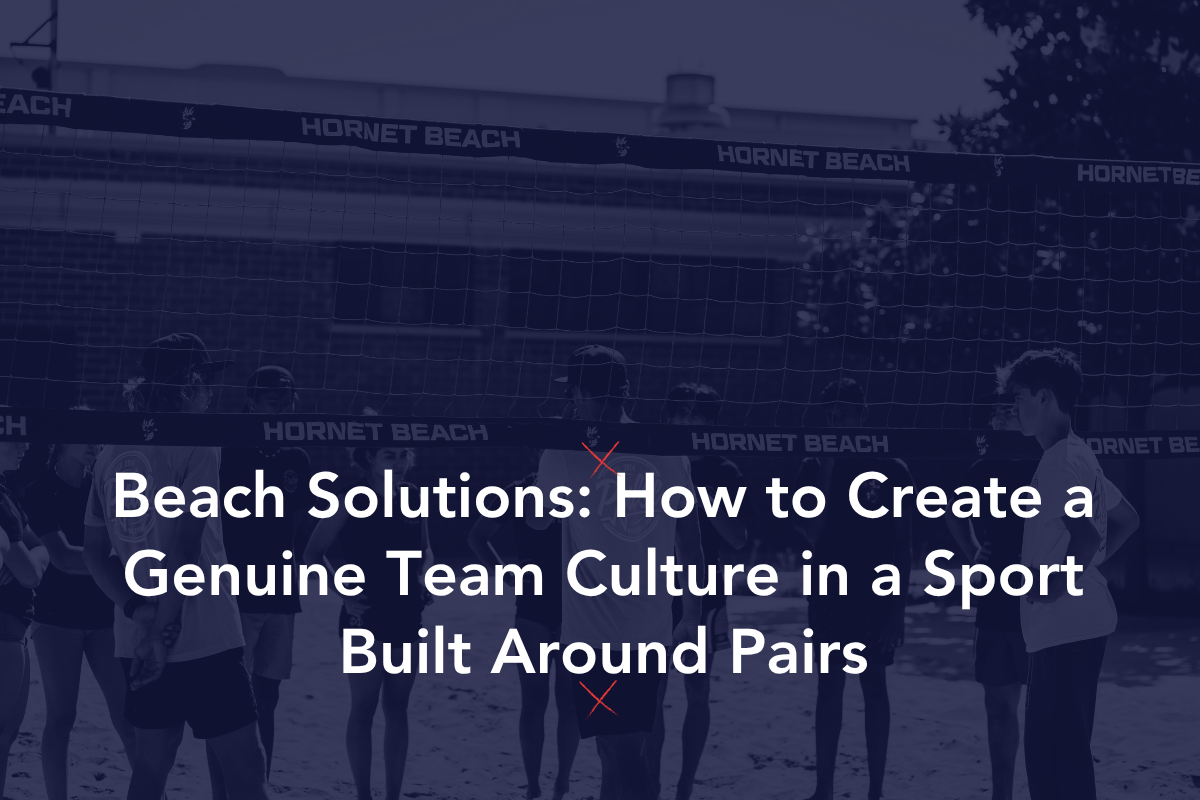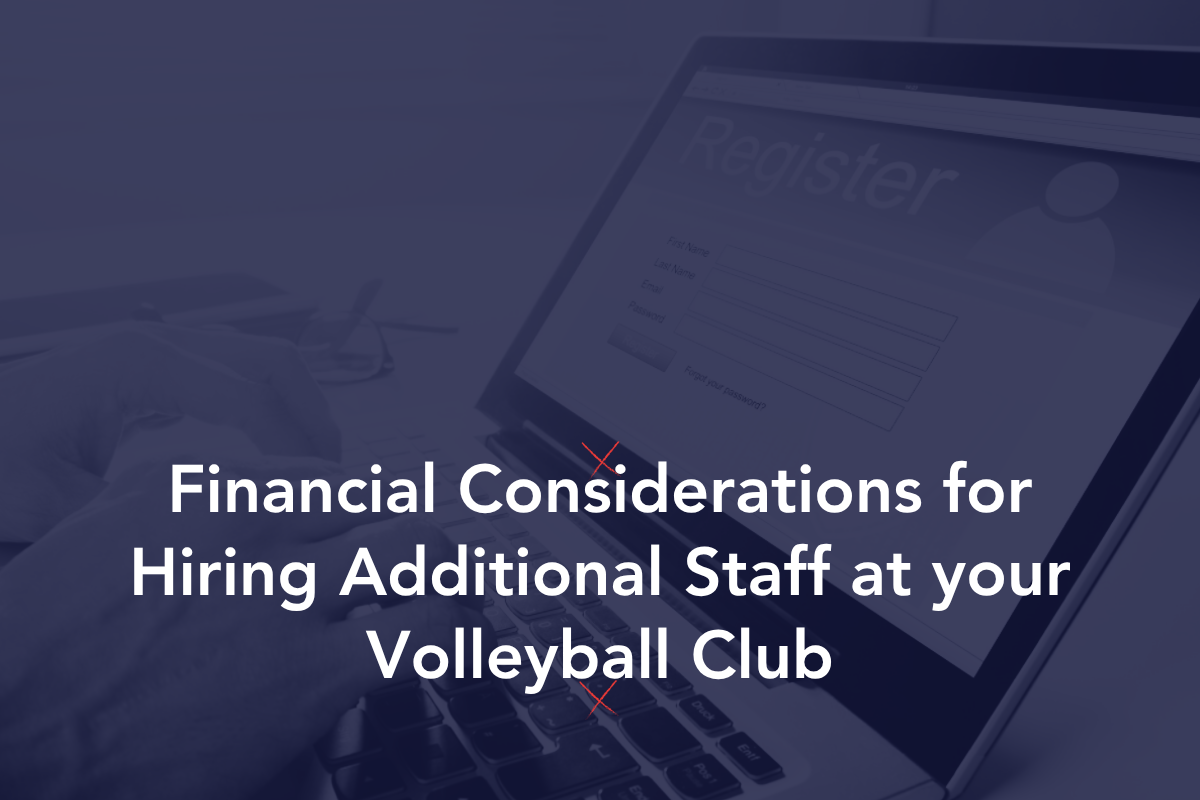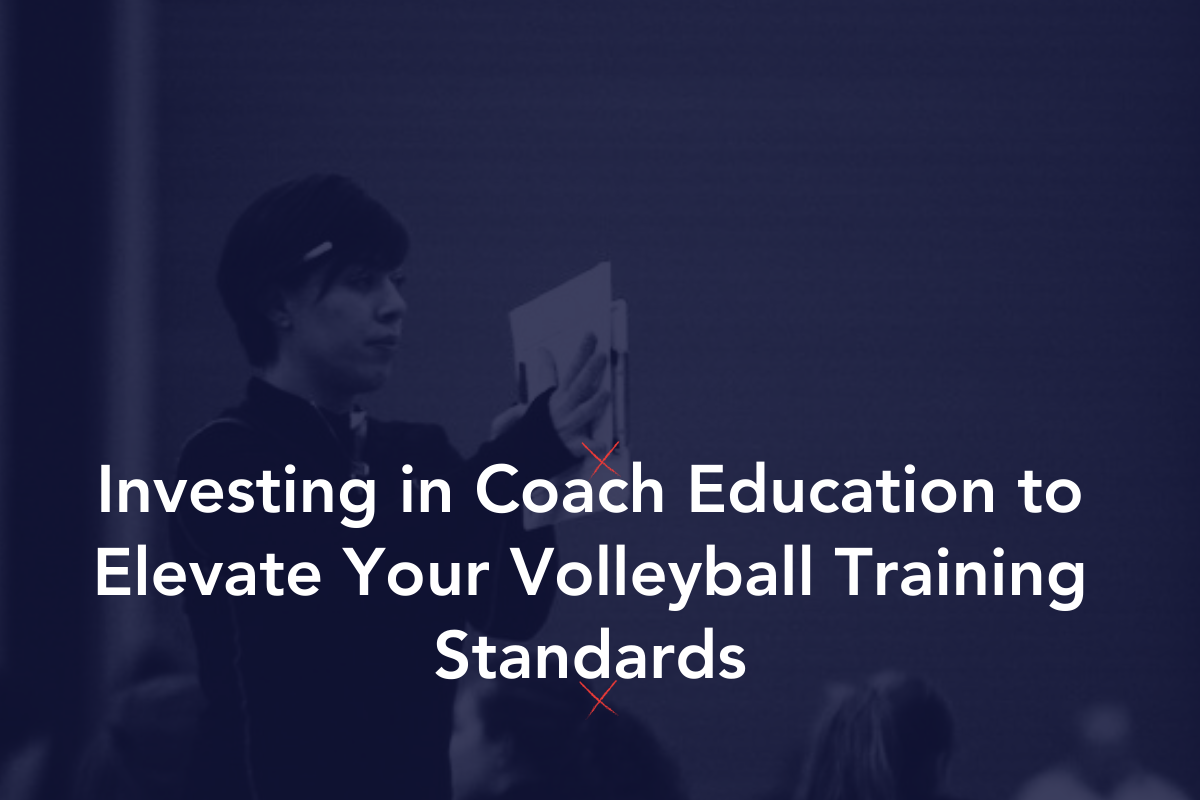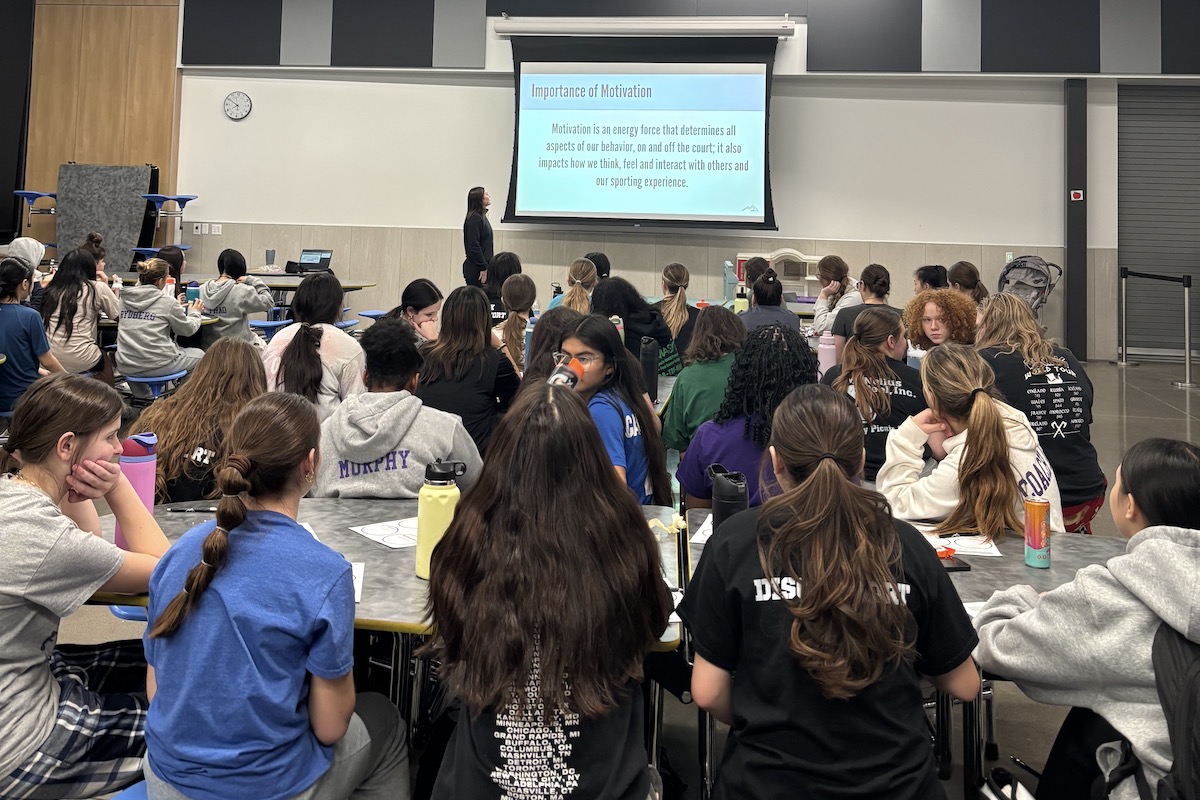The recruiting process has changed a lot over the last couple of years, but one constant is the importance of being proactive and continuing to build relationships with college coaches.
Here are 3 ways to stay engaged and proactive in the recruiting process as we begin the club season:
1. Keep a Recruiting Journal
The recruiting process is not only overwhelming, it can be mentally exhausting as well. There are ups and downs, and so many uncertainties. In order to stay focused and keep a clear perspective, athletes can keep a recruiting journal. Logging phone calls and taking notes on each conversation and each college program can be very beneficial. It helps an athlete keep track of who you have contacted, who has responded with interest or a no, and plan future communication. If a college coach has informed you that they are not recruiting your position or they do not have a spot for you, make sure you discontinue your outreach to that program. Include a lot of detail in the journal to make the recruiting process easier as it helps to re-focus on the goal of playing at the collegiate level.
2. Share Updated Video
Since there are not as many tournaments, and Division I college coaches (any many D2, D3 and NAIA programs due to budget) are not able to watch you play live, make sure you have up to date match film and clips from training or competition.
Rather than highlights, send uncut film from 2-3 different matches. If your upcoming tournaments are getting cancelled, practice film is important. Designate one practice each week or every other week to capture film during your training time. Athletes can wear their jersey or tryout shirt that night. Film a scrimmage between 3-4 teams and upload it for college coaches to access. The athlete can also break that film down into clips or highlights later on as well.
Good film follows 3 rules of thumb:
- The athlete plays well
- The athlete’s team plays well
- The opponent plays well.
When recruiting prospective student athletes, college coaches are not just noting the athlete’s performance, but also the team’s performance and the opponent’s performance, to determine whether the athlete can play at a particular college level. For example, if an athlete on the opposing side appears to be attacking at a high point of contact, and the recruitable athlete sets up a successful block against that athlete a few times or is able to score against her larger block, that shows the college coach that she has the athleticism to compete at a higher level. At the same time, your video can include mistakes and successes. Coaches want to see how an athlete responds and bounces back behavior after an error.
3. Build Quality Relationships with Coaches
Since in person interaction cannot currently take place in person (for Division I) it is important for athletes to utilize the resources available to them to build relationships with college coaches. Athletes need to be consistently communicating with the club’s recruiting coordinator and/or club coach to keep the process moving forward. The recruiting coordinator and coach are able to give advice, help record match film, and can also reach out to college coaches on behalf of the athlete. Meanwhile the athlete is proactively calling and emailing those college programs as well. The coaches and staff all want what is best for the athlete, and ultimately want to see the athlete to find the best college fit, so lean on the club as a support system through the ups and downs of the recruiting journey.
College coaches are very receptive to emails and phone calls right now, especially because the season is just starting and they are not traveling yet. Work hard to establish contact and share video when you have some available. Share your tentative club schedule and include any livestream links, if available, for your upcoming tournaments when corresponding with college coaches. Include your court schedule and jersey number so the college coaches know where to find you. Do your research on each program and keep your notes in your journal so you can reflect on them when you contact the coaches the next time.
Although we’re in a dead period, you can use these three tips to keep your recruiting process alive and thriving.
More volleyball recruiting education available here.
This article is written by Briana Schunzel, JVA Director of Marketing and Education.











